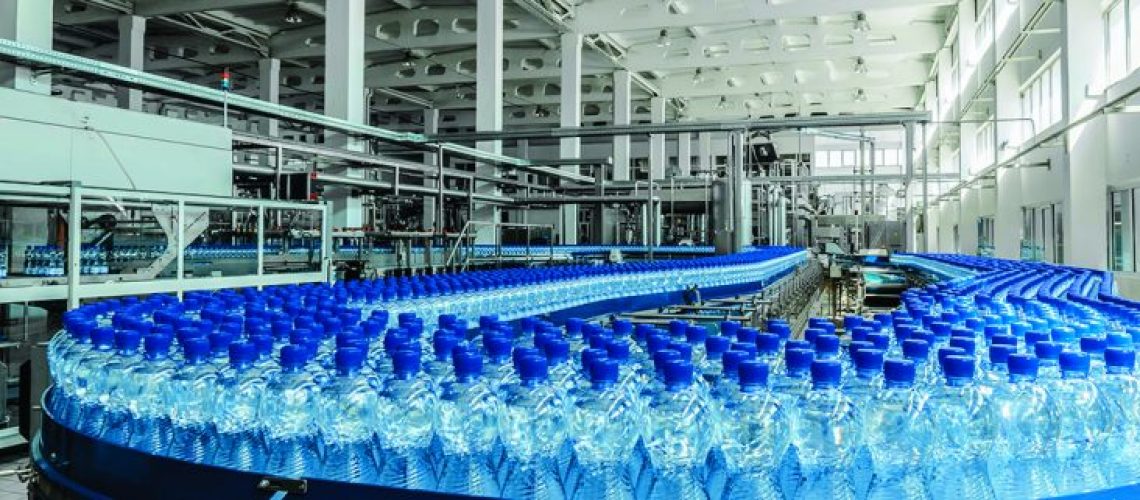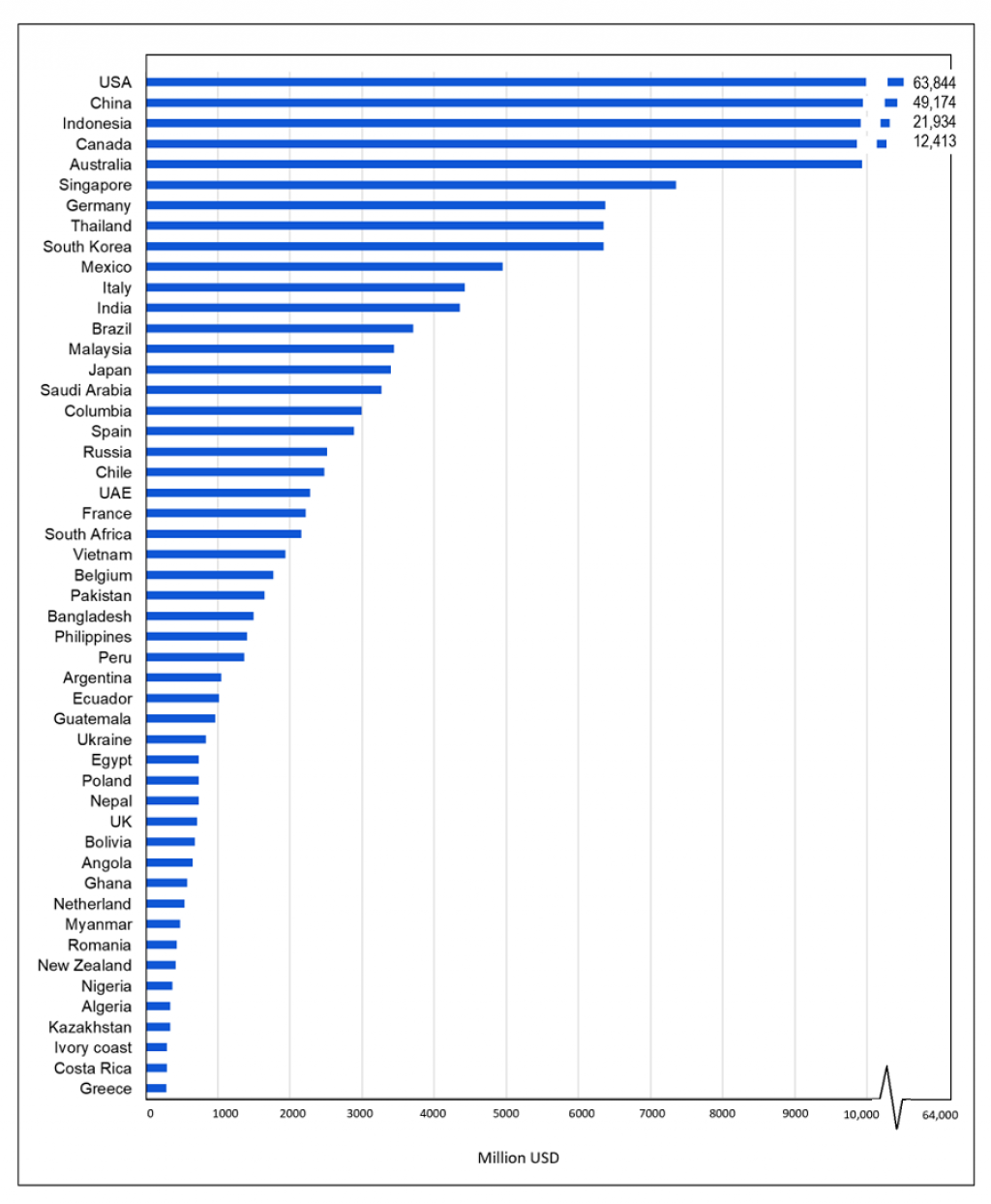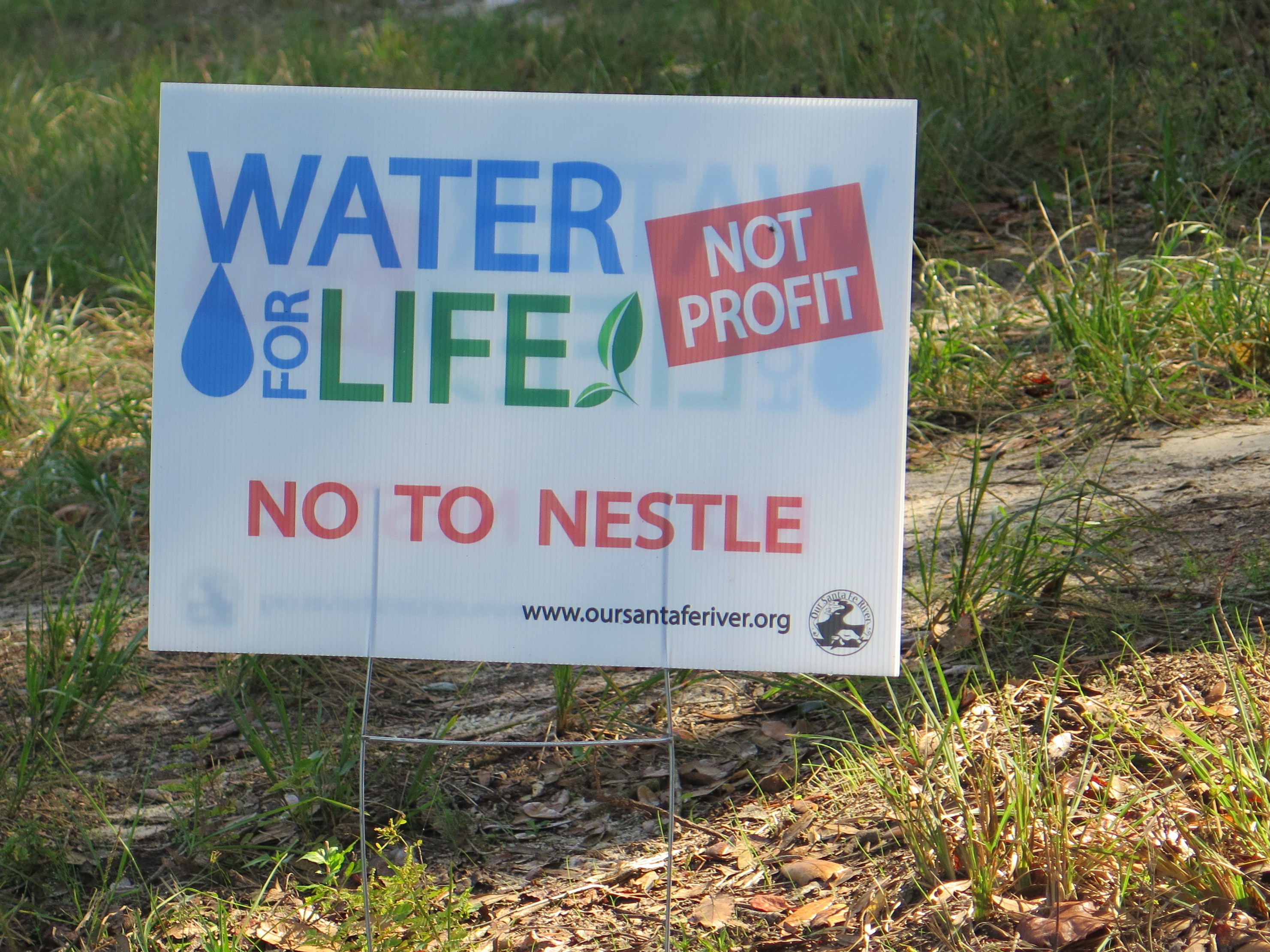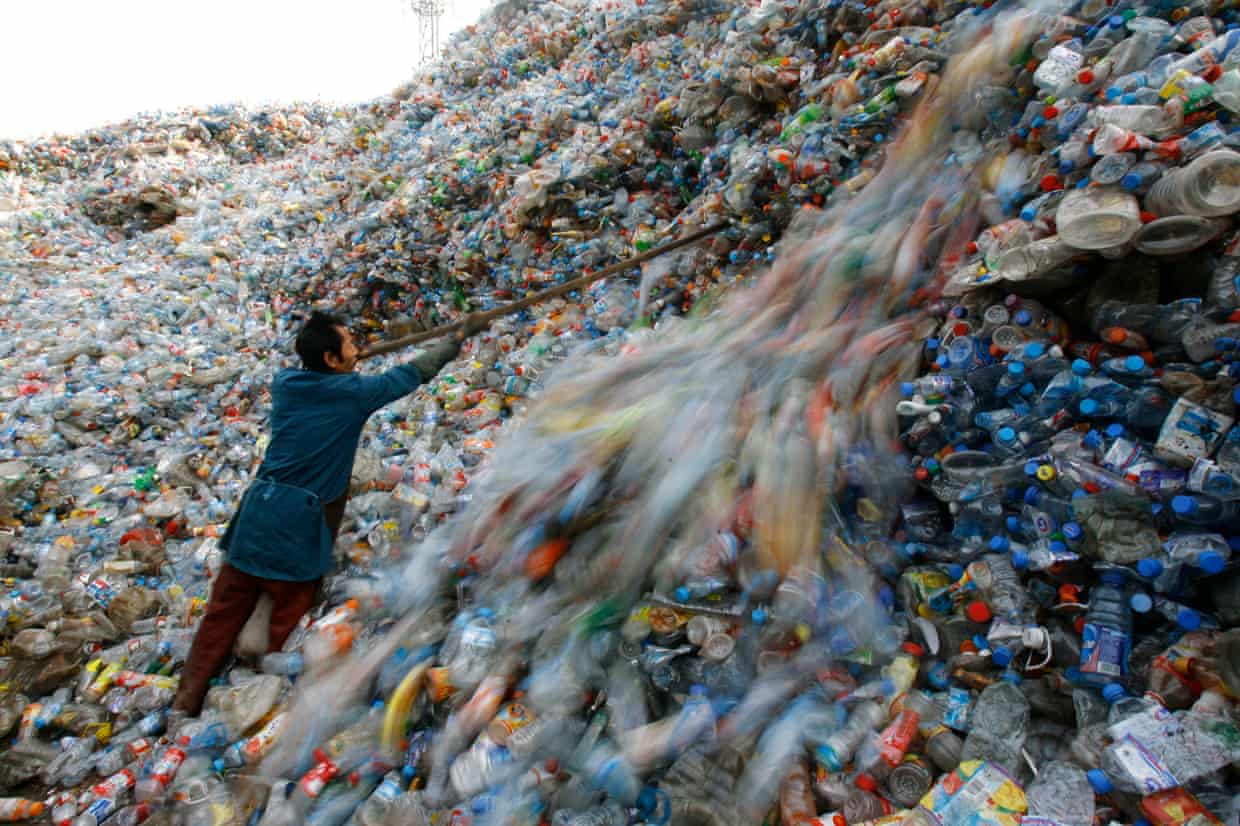The water bottle industry is fueling a famine around the world, and it is believed that production will almost double by 2030.
Table of Contents
In the world, more than 1 million bottles of drinking water are sold every minute. This is expected to double by the end of the decade.
According to the report published by the United Nations University Institute for Water, Environment, and Health on Thursday, “Global Bottled Water Industry: A Review of Impacts and Trends,” the industry has posed a great social, environmental, and climatic risk to the world.

The generation of more and more plastic bottles is increasing the carbon footprint and plastic pollution of the world, and in addition to that, unregulated groundwater extraction is being done to fill up the bottles, posing a threat to drinking water resources.
According to the report, the industry has neglected the developing countries’ need for proper attention and for the funding of public water infrastructure, which is the main Sustainable Development Goal (SDG) target.
Study of Countries, Liters, and Dollars
The industry has become one of the major sectors that has shown enormous growth in the past five decades, showing nearly 73 percent growth from 2010 to 2020. By 2030, the sales are expected to almost double, that is, to half a trillion dollars.
The current sale of these bottles is estimated at around 270 billion dollars for 350 billion liters. The top 50 countries in the world have been ranked and mapped by total per capita bottled water sales in both liters and dollars.

Image Source: DownToEarth
According to the review:
- The Asia-Pacific region contributes to around half of the global bottled water industry’s market.
- The global south countries are mentioned as making up around 60 percent.
- Half of the global market is comprised of the USA, China, and Indonesia.
- The biggest markets in Europe are Germany, Mexico in Latin America, South Africa, and the Caribbean region in Africa.
The review also highlighted a difference between the global north and global south markets of the industry.
In the Global North, bottled water is considered a luxury as it is perceived and marketed as a healthier and tastier option than tap water. However, the public water infrastructure in most of these countries is well established.
On the contrary, in the Global South, the absence or lack of a proper, reliable public water supply system is the main reason behind the sales of these bottles.
The Exploitation of Resources
The report highlighted that the industry is one of the main consumers of fresh drinking water on the planet and uses groundwater as its main source.
Many examples were also mentioned in the report on how freshwater resources are being exploited by the industry, such as:

Credits: Greg Allen/NPR
Image Source: NPR
- 3 million liters per day were extracted by Nestlé Waters from the Florida springs.
- Danone, in France, has extracted about 10 million liters per day from Evian-les-Bains in the French Alps.
The report mentioned that the amount of extracted groundwater (GW) exceeded the amount that was naturally restored in some areas. Over 2 billion lives in the world rely on GW as their primary source, making it a precious resource.
However, according to the report, 15 percent of the GW is non-renewable. The global GW depletion over the last three decades has varied between 56 and 362 cubic kilometers per year.
Severe Plastic Pollution
The rising consumption of these bottles poses another danger to the environment, and that is the rising production of plastic bottles.

Image Source: The Guardian
In 2021, it was noted that the industry produced around 600 billion plastic bottles, 85 percent of which are expected to end up in the trash and landfills as most of these are not recycled.
According to a report, highlighting the amount of plastic waste generated by these bottles, it was mentioned that the amount of waste is so much that 40 metric tons of trucks could be filled from New York to Bangkok every year.
The manufacturing of these bottles is done using fossil fuels, so their production and disposal leave a huge carbon footprint.

Image Source: Plastic Pollution Coalition
A lot of plastic waste ends up in oceans; a report mentioned that “plastic smog” has polluted the oceans, which are believed to be made up of 171 trillion plastic particles, and would weigh around 2.3 trillion metric tons if gathered together. This poses a threat to marine life as well.
What Can Be Done
- The world needs a breakthrough for a greener, environmentally friendly option for the replacement of plastic bottles.
- The establishment of reliable public water supply infrastructures in developing nations
- Awareness needs to be created among the people of developed nations that bottled water is not as pure as it claims and should not be considered a luxury.
- People should use reusable bottles, especially when going out or leaving home, as much as possible.













